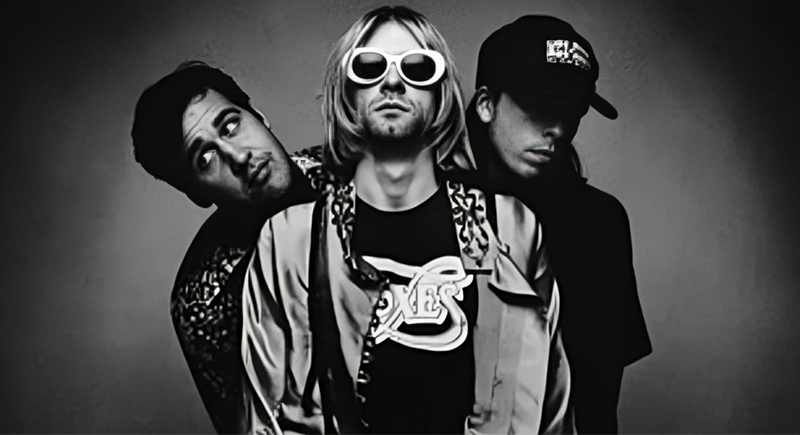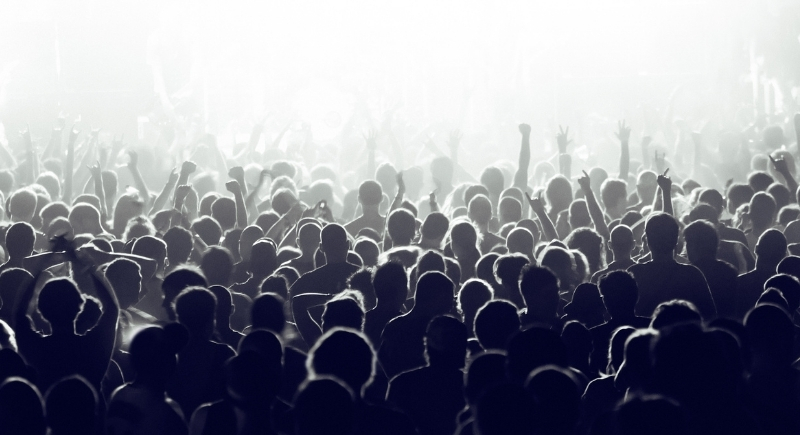The Time Nirvana Got Epic Revenge on a Disrespectful Crowd
Live concerts always carry a little risk. The electricity of a stadium with tens of thousands of people and the unpredictability of the night mean that anything can happen. Sometimes that energy leads to unforgettable moments for the right reasons, other times for the wrong ones. In 1992, Nirvana stepped into one of those nights in Buenos Aires, and this was one of the most talked-about acts of rebellion in rock history.
What should have been a dream gig—50,000 fans packed into José Amalfitani Stadium—took a sharp turn when the opening act went on. Nirvana had invited the all-female punk band Calamity Jane, hoping the crowd would give them a fair reception. Instead, the hostility that followed lit the fuse for Kurt Cobain’s response.
When The Night Went Sour

Image via Wikimedia Commons/Anton Corbijn
Calamity Jane walked out ready to play, but the set barely began before the abuse started. The crowd hurled coins, spit, and even rocks toward the stage. Singer Gilly Ann Hanner later remembered looking at her bandmates and seeing only shock and fear as the hostility grew. The barrage didn’t stop until the band was forced to walk off in tears. It would be their last show, aside from a brief reunion years later.
For Cobain, the scene was infuriating. He had long spoken out against sexism in rock, and seeing the band he invited treated that way was, he later said, one of the worst things he’d ever witnessed. His first impulse was to cancel the show, but Krist Novoselic convinced him otherwise. The band would play, but on their own terms.
A Set Built To Frustrate
When Nirvana finally took the stage, it wasn’t going to be a typical performance. Cobain strapped on his guitar and teased the unmistakable riff to Smells Like Teen Spirit, only to stop dead before the song could kick in. He did it again. And again. Each time, the crowd roared with anticipation, only to be denied.
The band then launched into deep cuts and rarities that many in the stadium didn’t recognize.
Tracks from Incesticide dominated, mixed with much of Nevermind, odd jams, and unreleased material. Cobain delivered vocals in a flat monotone, sometimes intentionally off-key, while guitar riffs came out sloppy, as though mocking the very expectation of rock-star perfection.
Rage As Art

Image via Getty Images/AlenPopov
For over an hour, the band toyed with the audience. Songs like Breed and Drain You slipped into the set, but the radio staples were largely withheld. Instead of anthems, fans got noise, improvisation, and abrasive jams.
The finale came with Endless, Nameless, the hidden track at the end of Nevermind, performed with an intensity that matched the band’s fury at the crowd’s behavior. Cobain later said it was one of the greatest performances he ever experienced, fueled entirely by that anger.
The crowd didn’t seem to grasp the protest in real time. They were restless, confused, and waiting for the hit that never came. For Nirvana, that was the point. They weren’t just playing songs; they were holding up a mirror to the gender discrimination and hostility they had witnessed hours earlier.
Still Resonating Today
Looking back, the Buenos Aires concert wasn’t polished or triumphant in the usual sense. It was messy, bitter, and chaotic. But it stands as one of Nirvana’s defining moments because it captured their refusal to compromise. They were one of the biggest bands on the planet, yet they risked alienating 50,000 fans to make a statement against the uglier sides of the culture that surrounded them.